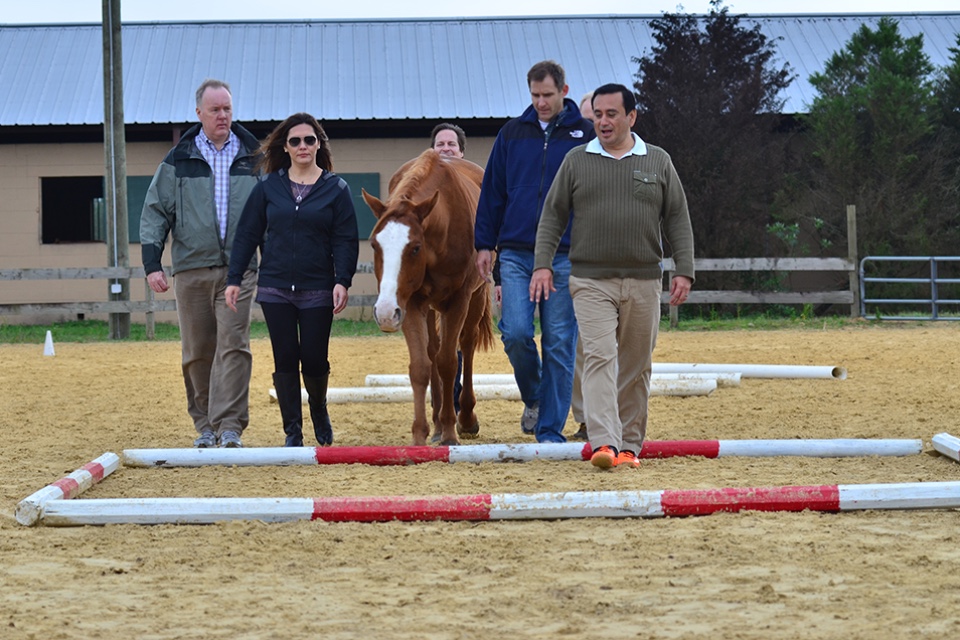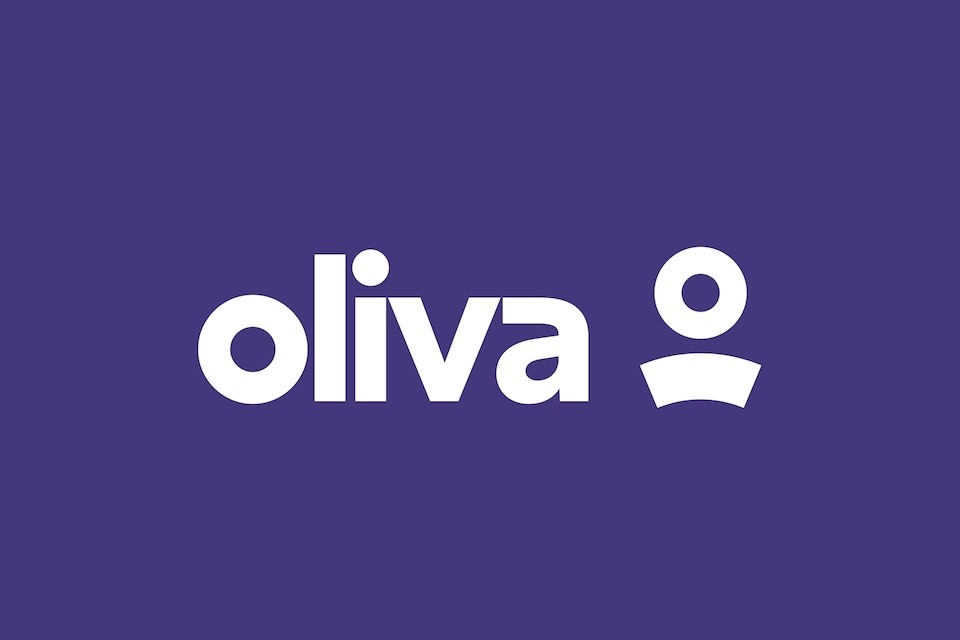Simon Spindler, Director, People and Performance Consulting
With hopeful signs of an end to the crippling constraints of the pandemic, minds are turning towards what sort of ‘normal’ life we will get back to. For businesses, there are specific challenges around how to support and manage their people after the lockdowns and tier systems and their effect on the world of work.
For some, this in the context of an intensely busy year operating in new ways to meet a continuing (or even magnified) market demand – for others, the background is of furloughs, shut-downs and redundancies: and for some, a mixture of the two.
There are widely acknowledged challenges for leaders and HR teams in supporting and developing their people after the pandemic: the need to be back with colleagues, or the preference to keep working from home; the relief of being back at work, or the resentment of having ‘worked above and beyond’, while others had a ‘long holiday’; the wish for renewed direction and leadership, or the hope that life will be freer and more relaxed in the future. These are real challenges, but the answer to how to manage them may look surprisingly familiar.
While the pandemic has created challenges which have moved people and leadership issues up the agenda (and raised the profile of HR across businesses) the fundamentals of leadership have not changed – they have just become even more critical. The need is the same, for aligned and effective people processes and emotionally-intelligent leaders who show an interest in the needs of their team members. Certainly there are some different challenges from the effect of the virus on work, and a new focus on working, really managing a work-life balance and working flexibly will all need to be discussed and addressed – and individuals will have different needs, based on their personalities, home circumstances, ambitions and expectations. Creating and sustaining a positive work culture is still the primary role of HR professionals and their colleagues in leadership roles.
So, to answer the question “what to do?” requires, as it always has done, a sensitive, listening style, and a preparedness to take action. It requires a diagnostic approach to organisational and people leadership – but what does that mean?
There are many models of organisational effectiveness, but the best recognise the importance of two different aspects of successful organisations, transformational and transactional elements of organisational performance. Here is a brief description of what these terms mean:
- Transformational elements are the aspects of an organisation which set the context for
day-to-day management. They include:- Culture and values
- Leadership
- Organisational design
- Transactional elements are those that are a continuous part of day-to-day activity in the organisation, including:
- Capability development
- Motivating people
- Running people management processes
There is inevitably a difference in scale around these two types of organisational factors – transformational factors affect the whole organisation, and tend to change slowly (which can be a problem in a fast-changing environment) while transactional factors involve individuals on a daily basis (individual performance challenges, on-going management processes like reviews and recruitment) as well as needing strategic management and development.
Organisations which aspire to be ‘effective’ are largely looking to run in a way which best serves its long-term performance – organisational effectiveness is about running things in the best way, in the prevailing environment (although also with an eye to the future) to deliver the organisation’s goals, whether they are about profit, customer service, charitable contribution or something else.
Where does this leave us all as we look forward to the ‘new normal’ after the pandemic is under control? It tells us that:
- We need to listen to the needs of our people, and recognise that they vary from person to person
- We need to reflect on how well we are set-up, in terms of both transformational and transactional elements, to deliver our organisation’s goals
- We need to recognise that being ‘effective’ means having the organisation in the right ‘shape’ and having people processes which support individual and team contributions to our overall performance
- We have to recognise that if there are changes to what we need to provide for our people – to keep them engaged and motivated, and positive about the organisation’s aims – then we need to listen and respond, in a sensitive and positive way, to see what we can change in our transactional processes to meet their new expectations
- We should consider that if we need to ‘transform’ our business to meet a changed external environment, then these things are not easy to change, and changing them requires a coordinated, significant effort based on a good understanding of what our effective organisation needs to look like.
Taking a diagnostic approach to organisational effectiveness is the only way to run an organisation successfully – can you imagine what a “non-diagnostic approach” really means?
So, “what to do” after the pandemic? Just the same old same old – that’s all!






